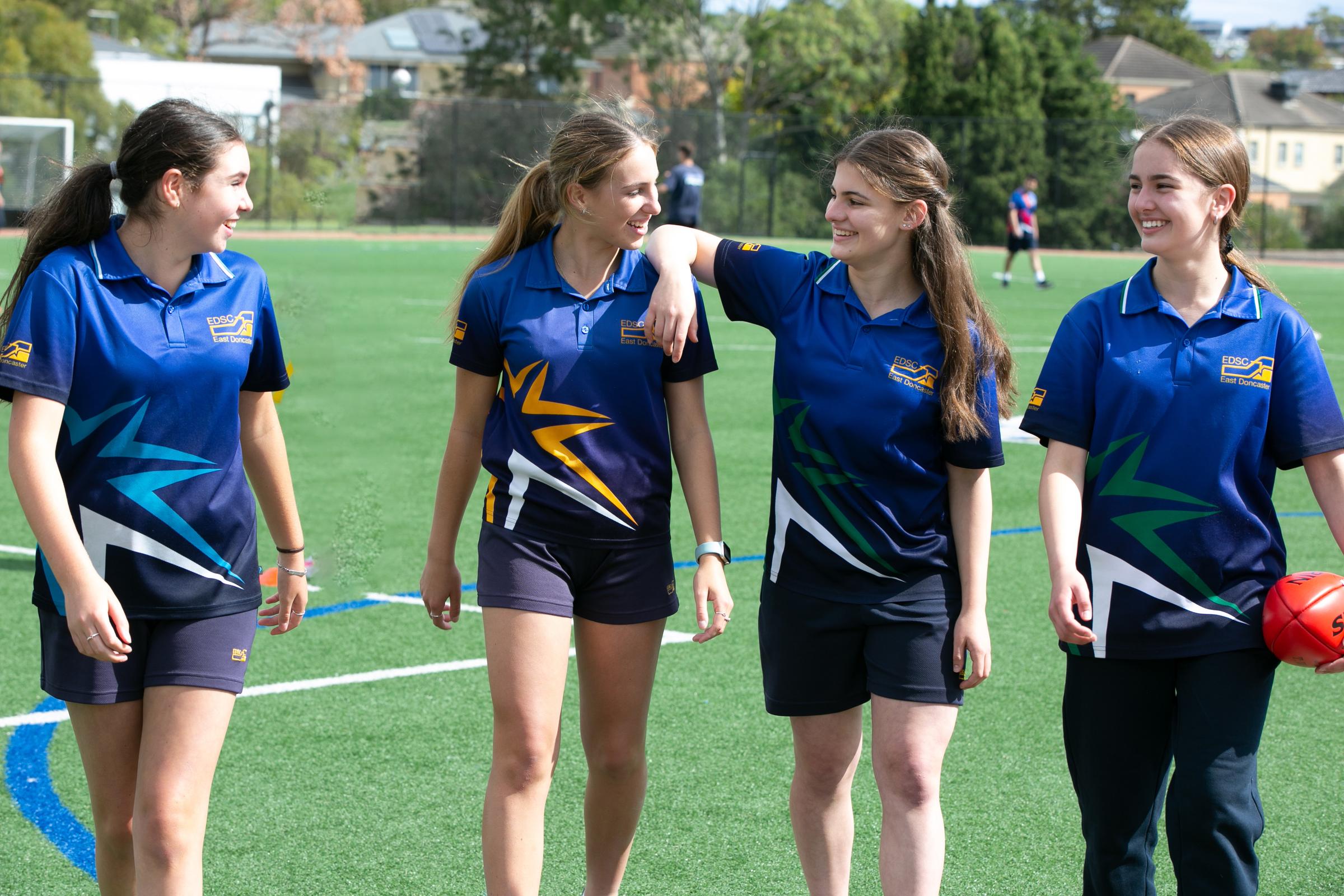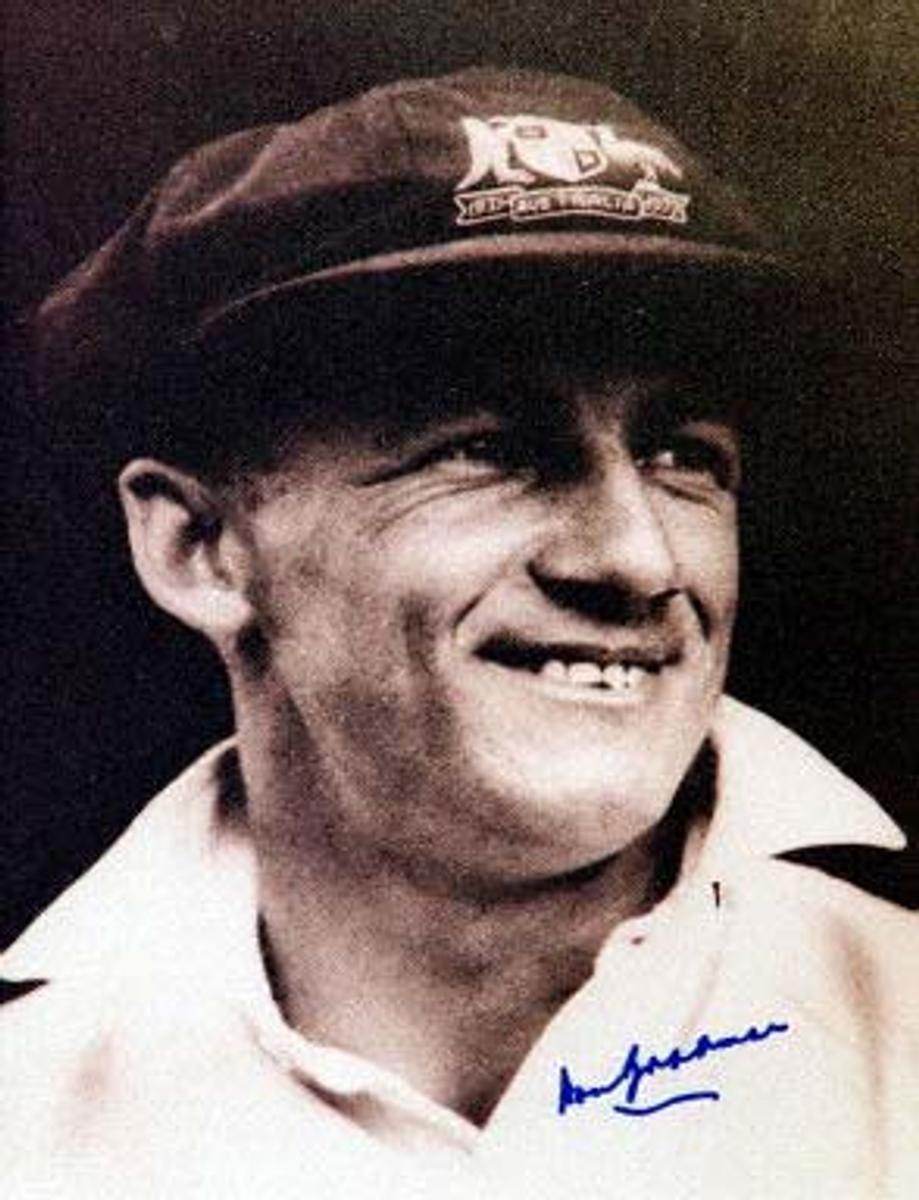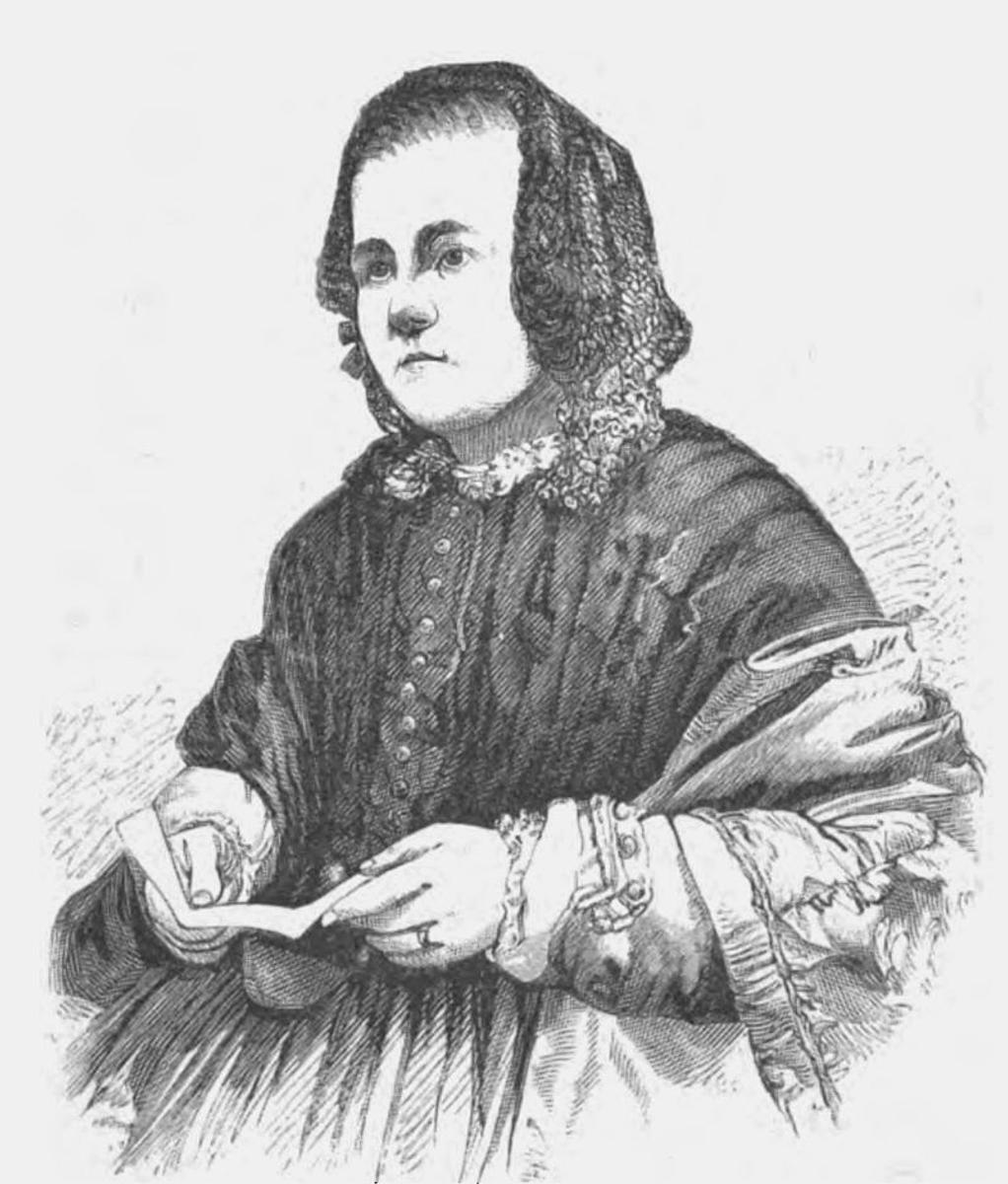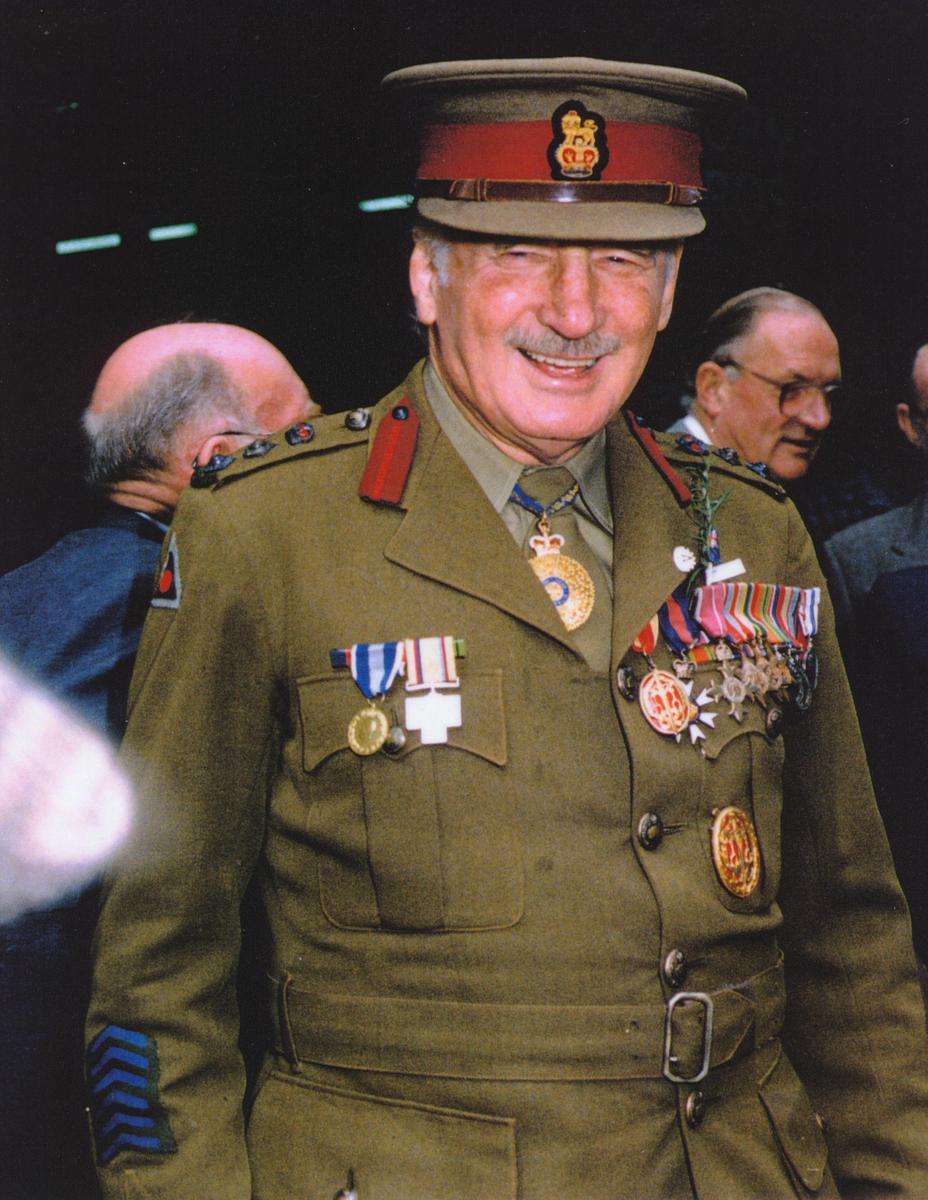Sports News

The History behind the ‘Houses’ at East Doncaster Secondary College
In 2024 we have a brand-new team of House Captains at East Doncaster SC. As part of their orientation into this vitally important leadership role at the college, house captains were asked to research who the houses were named after and link our college values to those upheld by the significant Australians by which the houses are named.
This year is also ground breaking as we have now renamed some of our buildings to align with our houses and link to indigenous Australia.
The history behind the naming of the houses is important for all members of the College to be aware of, but especially our new Year 7 cohort, who can now understand the history and begin to embrace being a member of a house at East Doncaster SC.
Michael James
House Activities and Carnivals Coordinator
BRADMAN (Blue)
Named after - Sir Donald BRADMAN (1908-2001)
Often referred to as "The Don", he was an Australian Test cricketer who is acknowledged as the greatest batsman of all time. Bradman's career Test batting average of 99.94 is often cited as the greatest achievement by any sportsman in any major sport. There are countless quotes about Bradman as our greatest-ever sportsman but one that puts him and his aura into perspective came from someone unexpected - Nelson Mandela. When was released from jail after 27 years one of his first questions was: "Is Don Bradman still alive?" As a fiercely competitive sportsman, Bradman consistently demonstrated the values of teamwork and excellence throughout his cricket career.
Kosta and Hisham
Bradman House Captains
CHISHOLM (Gold)
Named after - Caroline CHISHOLM (1808-1877)
Caroline Chisholm was a 19th-century English humanitarian known mostly for her involvement with female immigrant welfare in Australia. When she arrived in Australia in 1838, Chisholm found migrant women from Britain lying homeless and begging on the street. As others walked by, she vowed to make a difference. Over the next 10 years, she wrote letters, hounded bureaucrats and pestered the Governor to make conditions better for those arriving in the colony. Chisholm upheld the values of respect and fairness - as she consistently prioritised the health and welfare of others.
Nathan and Jasmine
Chisholm House Captains
DUNLOP (Green)
Named after - Sir Edward ‘Weary’ DUNLOP (1907-1993)
As skeletal Diggers lay around him barely breathing in a Japanese prisoner-of-war camp, Edward ‘Weary’ Dunlop stood tall. Each day for three years he eyeballed his heartless captors, protecting his men who were forced to build the notorious Burma-Thailand "Death Railway". A surgeon who played two rugby union Tests for Australia before World War II, he was tortured for protecting those he considered were too sick to work on the railway. Dunlop’s displays of resilience and care and compassion during World War II make him a revered figure in Australian history.
Logan and Yee Yuan
Dunlop House Captains
SUTHERLAND (Red)
Named after – Dame Joan SUTHERLAND (1926-2010)
Dame Joan Sutherland was one of the most remarkable female opera singers of the 20th century possessing a voice of beauty and power. An intense lover of continually learning and improving her capacity as a singer, Sutherland was known for having one of the most formidable vocal techniques of all time – being able to get through the most demanding opera roles using mind over matter and giving her fellow singers a lesson in superb technical singing. Sutherland was a generous and supportive ambassador of the art of opera and continually showed the values of excellence and curiosity throughout her career.
Flynn and Aaron
Sutherland House Captains




